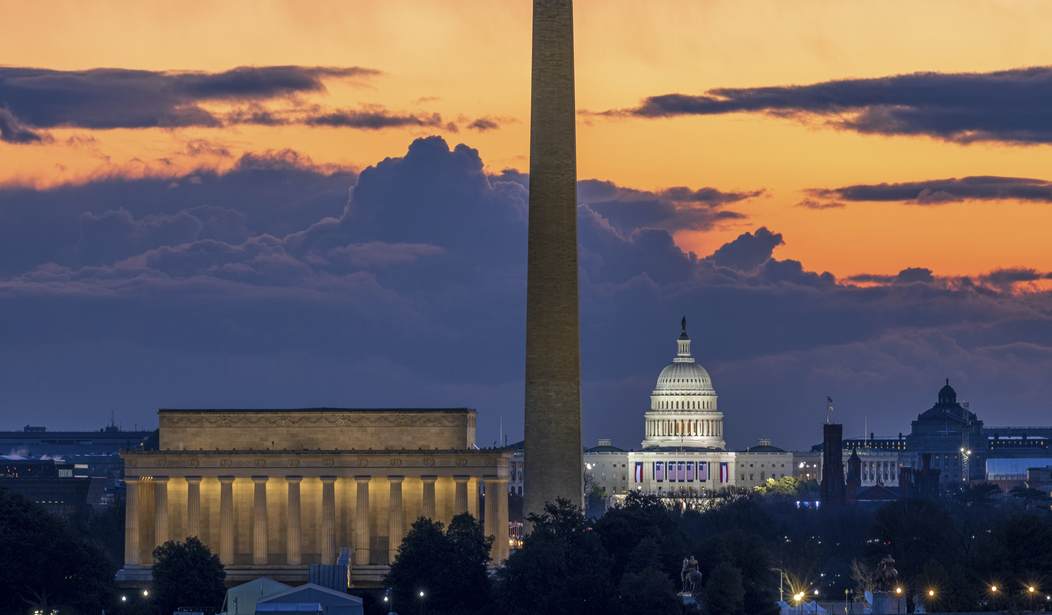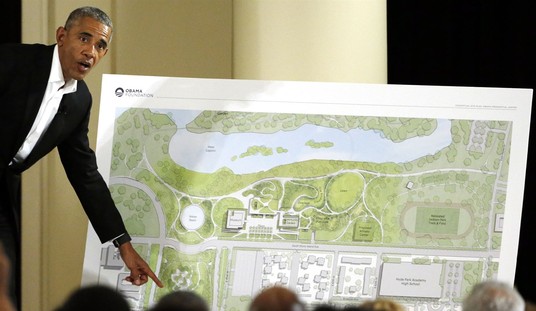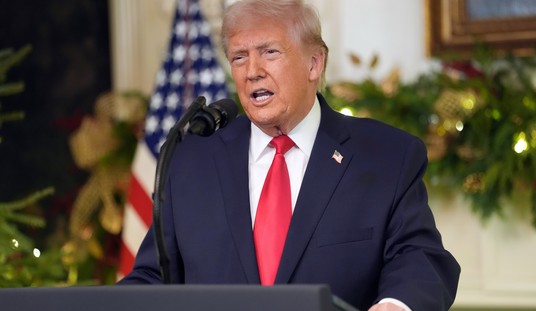Today is Purple Heart Day, honoring recipients of our oldest military award, making it the perfect day to reflect on the role of monuments and medals in honoring history — and how to do it either badly or well.
The Purple Heart award, like the Medal of Honor, Navy Cross, and other U.S. military honors, of course, represents an excellent way to honor heroes in the present while preserving stories of courage from the past and inspiring future soldiers. Created originally by George Washington in 1782 and then re-established after WWI, the Purple Heart is given to U.S. soldiers who have been wounded or killed while in combat. Around 1.8 million Americans have received the award, and today, we honor the recipients, both living and deceased.
There are many ways to hold up our heroes both of the past and present for admiration while honoring their exploits, including through awards, monuments, statues, building and base names, holidays, events, articles, and speeches. The Lincoln Memorial, the Washington Monument, Fort Stewart (named for Revolutionary War Gen. Daniel Stewart), Washington state, George Mason University, the Jefferson Memorial, Presidents’ Day, and Patton Army Air Field are all examples of tributes to American heroes.
These are all admirable ways of honoring our heroes and preserving the best of our history for future generations. In fact, I think we should have more statues to our heroes and more holidays celebrating them, as when Donald Trump instituted new holidays to remember our victories in the two World Wars. We can even restore forgotten holidays like Washington’s and Lincoln’s birthdays and other bygone practices, just as Douglas MacArthur restored the Purple Heart award.
Related: Honoring Purple Heart Day
But how could monuments be used badly to forward a false view of history? Confederate statues and monuments, like the one Trump is replacing in D.C., provide examples. Let us analyze this independently, without letting our guide be Democrat rioters triggering an emotional reaction. A country that celebrates its traitors is setting itself up for failure, and it is undeniably true, according to the Confederates themselves, that they aimed to split America and destroy the Union. Either you agree with them and think America should’ve been destroyed (in which case we wouldn’t have a country or a Purple Heart award, and there would have been no one to stop the Nazis, Soviets, and imperial Japan), or you acknowledge they are wrong. There is no in between.
Are we really surprised that the Democrats have taken over most of our institutions and convinced many young people that being disloyal to America is admirable when we ourselves spent over a century putting up monuments to Democrat traitors and celebrating them as heroes? Statues are inherently celebratory — that’s why we don’t put up statues to Adolf Hitler or Benedict Arnold, though we remember exactly who they are and what they did. A society is defined by the symbols it uses and the people it celebrates. We have been allowing the Democrats to control our symbols and our historical narrative for far too long.
Of course, most of these Confederates who are honored in monuments, statues, and bases were also complicit in mass war crimes, especially since the Confederate Retaliatory Act commanded the army to either kill black Union troops and their white officers outright or to treat them as slaves rather than POWs. The free black population of Pennsylvania was devastated, and the surrendering garrison at Fort Pillow was massacred under this act. But that is a topic for another day. The point is that instead of taking charge of the narrative, for more than a century, we have allowed the Democrats to rewrite history, including by putting up monuments to the least admirable members of their party, from Jefferson Davis to George Floyd.
Did you know that the Revolutionaries in New York, after hearing the Declaration of Independence read for the first time, not only tore down a statue of King George III but also melted it into bullets to use in the Revolution? This provides an excellent guide for us, both in removing certain monuments and erecting new ones.
What we should do is take down the statues of Confederates and radical Democrats and turn them into monuments to our great heroes, especially our underappreciated civil rights heroes, from John Laurens, Alexander Hamilton, and U.S. Grant to Clarence Thomas and Booker T. Washington. How many Americans don’t know anything about George Mason, Joseph Rainey, Hiram Revels, Stephen Moylan, or John Quincy Adams, though each of these men was a great patriot who had a significant impact on our history!
This brings me back to my original point, that we ought to launch a new Renaissance of teaching history through magnificent statues, monuments, medals, and events. What other country in world history can boast such a number of great and good leaders, and so many victories for liberty and against tyranny, as America can? On Purple Heart Day, consider how you might pass the best of our history on to the next generation and encourage our government to erect new symbols of patriotism and heroism.










